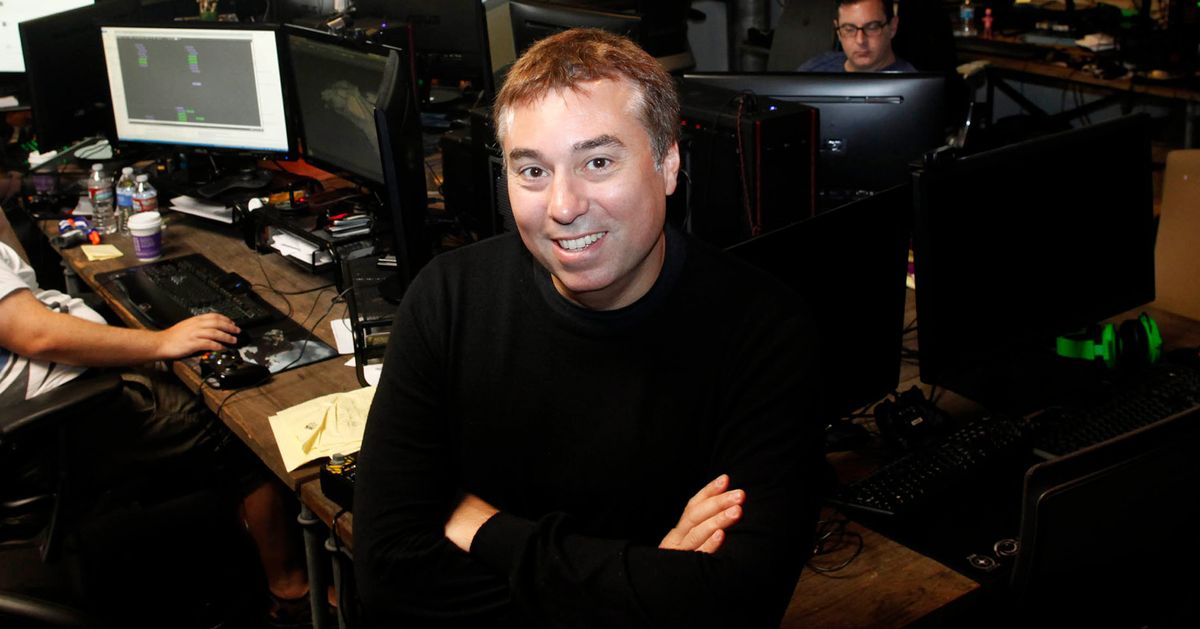What techniques or technologies have you developed that weren’t feasible seven years ago, when you started this project?
When I first started this, I didn’t think we’d be able to realize the planets and walk around them in first-person any way you want, but as we went on, the power of computers and GPUs has been getting better. The cloud’s become sort of ubiquitous, we run all our servers in AWS at the moment. The power of those machines continues to increase. When we first start the game, I thought we’d have to have all these different instances, so people would play in their instance and not be able to join with their friends because they might not be on the same server. But with the new cloud power, we’re gonna be able to do this thing we call “server meshing” which allows a whole bunch of servers to run in the cloud and talk to each other. So instead of having 400 servers and each server has 100 or 200 people on it, and those people can’t see [players on other servers], if they all mesh together you could have all 4,000 people or 40,000 people in the same world at the same time. We’re not the only people that are working on that. That’s the sort of thing that you won’t be able to get on a single-player game that I think can be really compelling. That definitely wasn’t something people were talking about when I first pitched this in 2012.
So you’re envisioning world-scale environments that have thousands of people in them at once?
Absolutely, and we’re quite far along on the tech to deliver that. I know Amazon has been working on some of this behind closed doors, [Google] Stadia is perfectly situated to do that because their whole setup is in the cloud, including the clients. For an online multiplayer game, that’s really interesting. One of the problems you have in traditional multiplayer games is that you always have a client [the machine the player controls directly] and the servers and there’s always a distance between the two. Even if you have fast internet it will maybe take 20 milliseconds for the message to get from your client to the server and the server has to simulate what’s happening, which could take another 15 milliseconds or 30 milliseconds. Then it has to send that message back to your client and tell you what the results are, plus telling you what everyone else is doing, that’s another 20 milliseconds. And this is only if you’ve got fast internet and are close to a data center. So you’ve already got a lag that’s anywhere from 70 to 100-plus milliseconds. In multiplayer games, people can get slightly out of sync and it gets laggy. The cool thing with Stadia is if everything’s in the cloud, there’s almost no time difference to talk between servers and clients and there really isn’t any difference between the two. The quality of a multiplayer experience will increase because you’ll have much less latency, you won’t have any issue of cheating, you eliminate the issues you get with lag.


